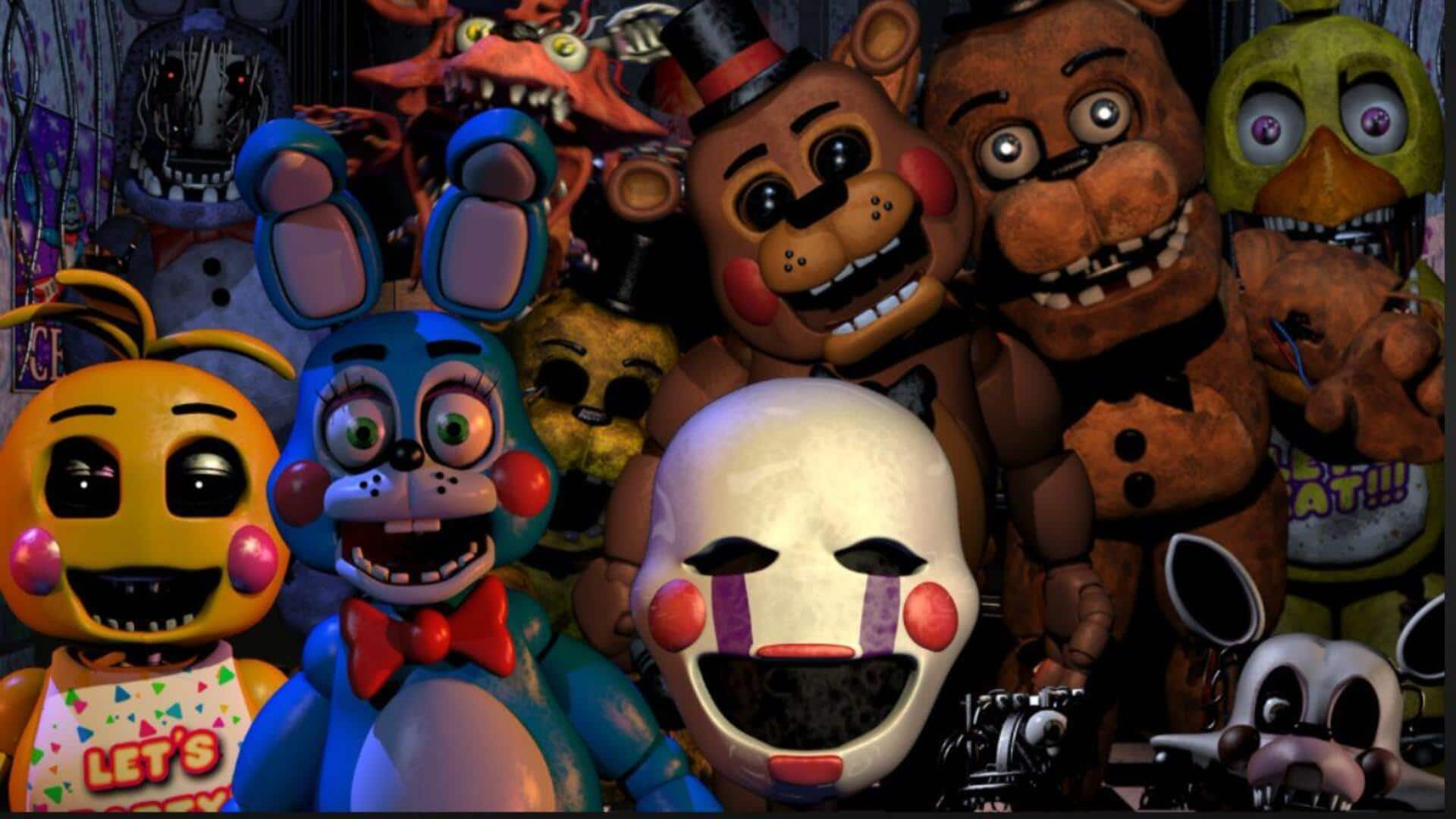
The animatronic evolution in Hollywood films
What's the story
Animatronics has been an integral part of US cinema's evolution, changing how filmmakers animate creatures and characters on screen. From primitive mechanical puppets to advanced robotic systems, animatronics has evolved over the years, making storytelling and visual effects even more compelling. Here are some key milestones in the development of animatronics in the film industry, emphasizing its impact on cinematic experiences and technology.
Drive 1
'King Kong' and early innovations
The 1933 film King Kong was a turning point for animatronics, thanks to its use of stop-motion animation and mechanical models. The techniques enabled filmmakers to give the giant ape character a life-like movement. The success of King Kong showcased the potential of animatronics in cinema, paving way for future innovations that would take realism in films a step further.
Drive 2
Advancements in the 1970s
The 1970s ushered in the era of animatronics with movies like Jaws. Making a believable shark called for intricate mechanics, capable of functioning underwater. From here on, things began to get fancier, with the use of hydraulics and pneumatics for more fluid movement. These developments established new benchmarks in realism and paved the way for even bigger projects.
Drive 3
Breakthroughs with 'Jurassic Park'
In 1993, Jurassic Park revolutionized the use of animatronics by combining it with CGI. The film's dinosaurs were brought to life with the use of detailed robotic models and digital effects. This combination allowed filmmakers to achieve unprecedented levels of realism while maintaining the practical effects's tangible presence on set. The success of this approach influenced future productions looking for a similar integration between physical models and digital enhancements.
Drive 4
Modern applications and prospects
Today, animatronics continues to evolve with CGI technologies as filmmakers aim for more authenticity in their creations. Today's applications include lifelike robots with intricate facial expressions or complex movements that were impossible with traditional methods alone. As technology progresses toward AI-driven systems or AR environments within filmmaking processes themselves, there's no doubt we'll keep seeing exciting developments shaping our cinematic experiences moving forward!